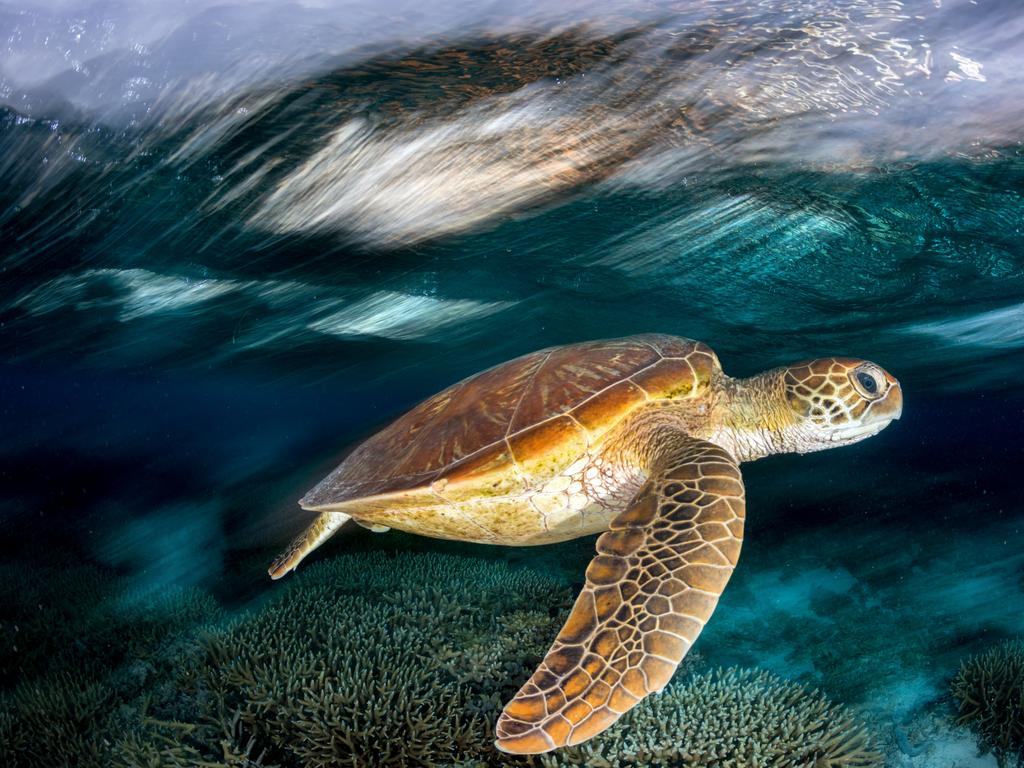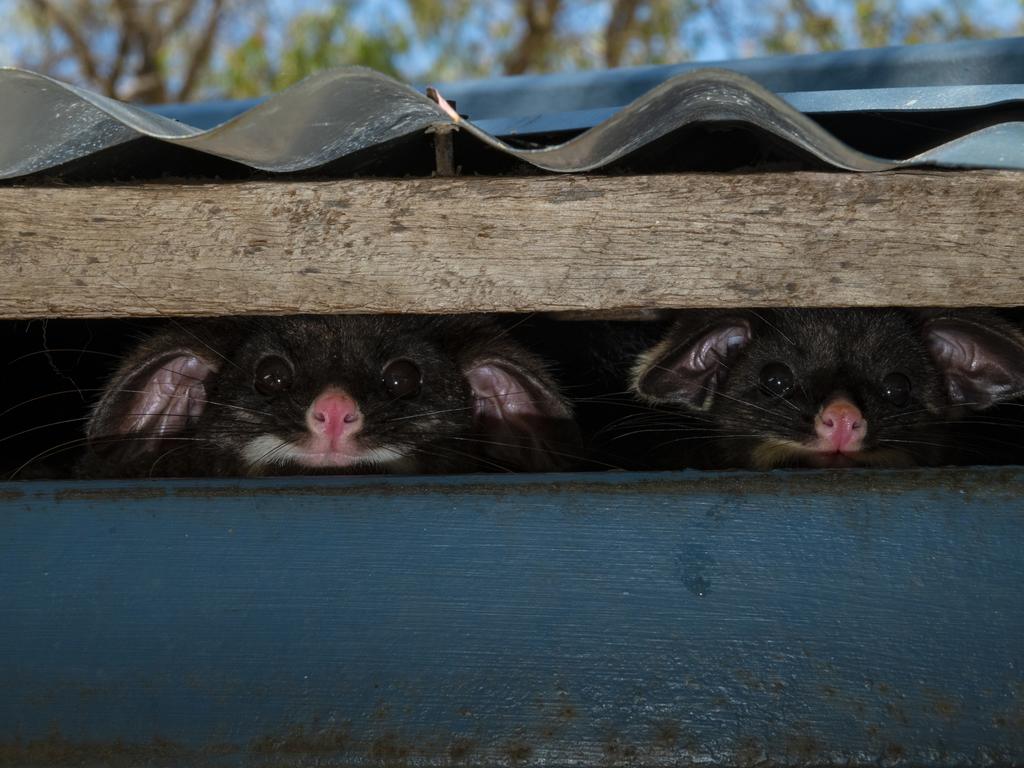Nature Photographer of the Year finalists show off Aussie animals at their cutest (and strangest)
The finalists in the Australian Geographic Nature Photographer of the Year competition provide elegant proof that the wide brown land is no slouch when it comes to fine-looking fauna.

Africa might have a lock on the scariest predators on the planet, and the Galapagos is home to some pretty unique species, but for sheer cuteness, nobody serves it up like Australia’s native animals.
Need proof? Then check out the finalists in the Australian Geographic Nature Photographer of the Year competition, which together act as a neat reminder that the wide brown land is no slouch when it comes to fine-looking fauna.
Take the satin bowerbird for example, with its bizarre predilection for decorating its habitat with blue objects of any kind.
Matt Wright’s engaging image shows a strutting male bird adding yet another blue item to an already impressive display. What prospective mate could fail to be impressed by this dedication to a colour scheme?
The baby wombat captured through Deb Sulzberger’s lens seems just as happy with its home - mum’s pouch - although it looks to be quite a tight fit, so one wonders if an eviction might be imminent.
Baby animals and their mothers are a recurring theme among the 75 finalists. Look closely at Charles Davis’s atmospheric image of kangaroos holding out against a snowstorm and you’ll spy a joey staying nice and snug.
There’s plenty to smile at in Gary Meredith’s image of a mother and baby brush-tailed possum peeking out from an urban roof cavity. You can hardly call yourself Australian if you haven’t been woken at odd hours by possums scampering in your roof, but this picture reveals the big reason why we still love them, despite the noisy ruckus they make: they’re cute as hell.
Photographers from around the world submitted more than 2200 entries for this year’s competition, which showcases nature and wildlife photography from Australia, New Zealand, Antarctica and parts of Papua New Guinea.
Category winners will be announced at the official launch at the South Australian Museum on Thursday August 15.
Finalists will be on display at the museum from August 16–November 10, and online at
https://naturephotographeroftheyear.com.au/gallery/.











